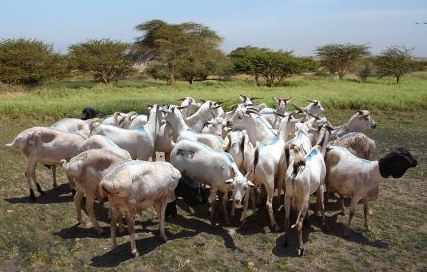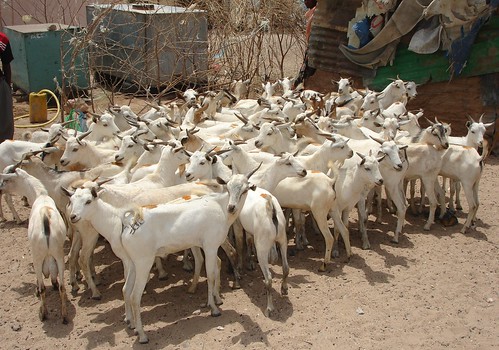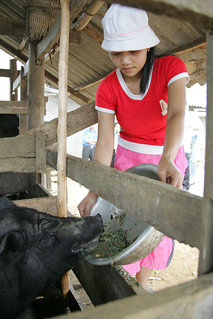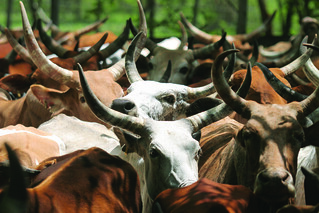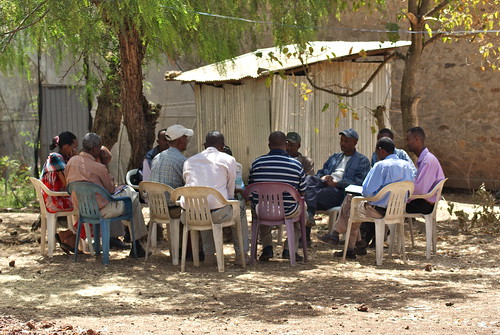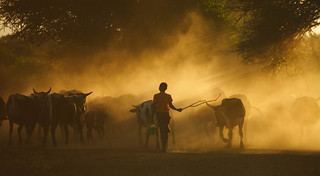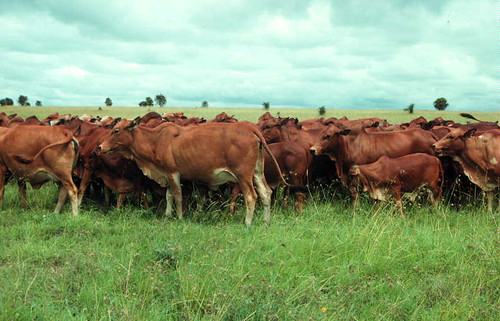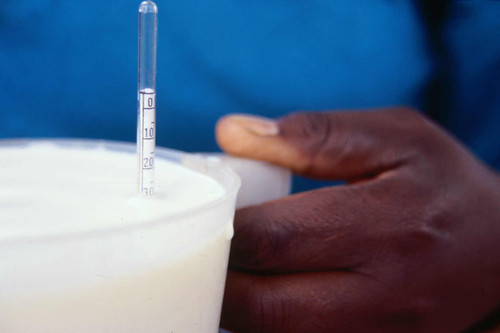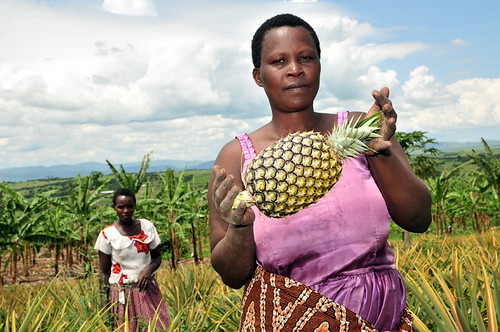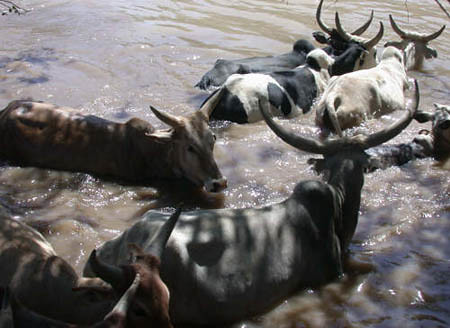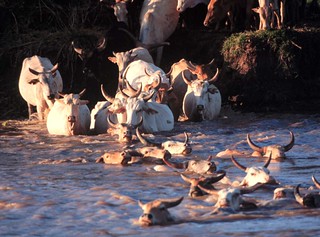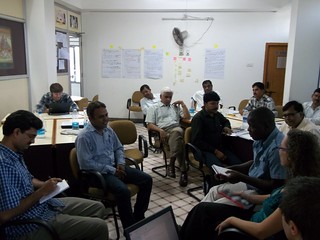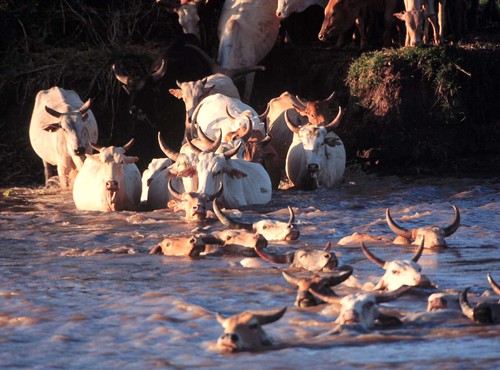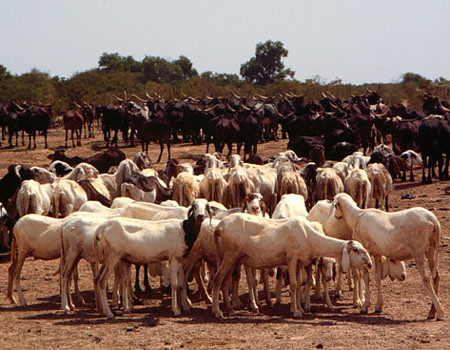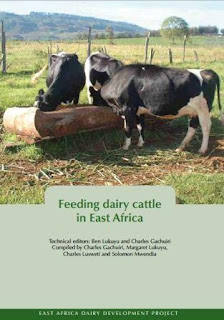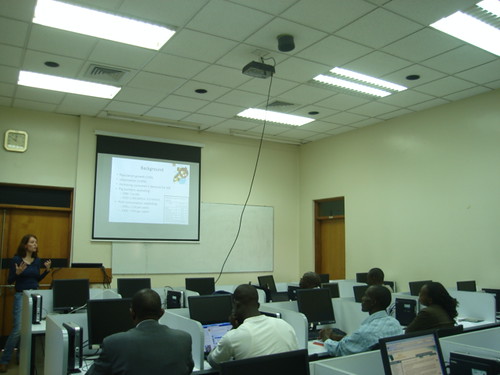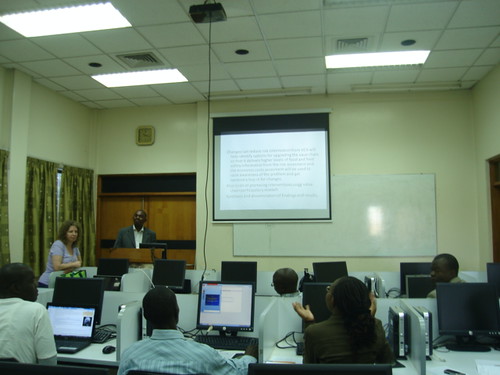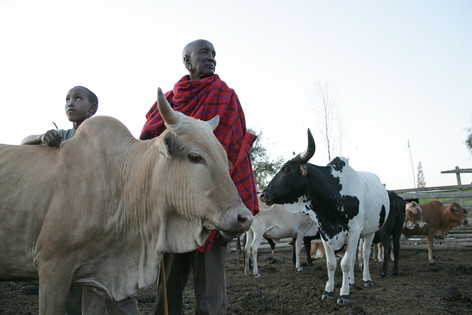The vision of the East Africa Dairy Development project is to transform the lives of 179,000 smallholder farming families (approximately 1 million people) by doubling their household dairy income in 10 years.
To achieve this goal, the project seeks to harness information to support decision making and innovation, expand smallholder dairy farmers' access to markets for their milk, and increase farm productivity and economies of scale.
The project uses a hub approach to improve dairy farmers' access to business services, inputs and markets. The dairy hubs facilitate the emergence and strengthening of networks of input and service providers as well as the establishment of mechanisms for farmers to access credit.
On 5-7 December 2012, Jo Cadilhon, agricultural economist with the International Livestock Research Institute (ILRI), attended a stakeholder workshop on the role of the public and private sectors in the delivery of livestock services in Africa. He presented the concept of dairy hubs for delivery of advisory and technical services to smallholder dairy production systems, based on the experiences of the East Africa Dairy Development project.
Below is the presentation:
To achieve this goal, the project seeks to harness information to support decision making and innovation, expand smallholder dairy farmers' access to markets for their milk, and increase farm productivity and economies of scale.
The project uses a hub approach to improve dairy farmers' access to business services, inputs and markets. The dairy hubs facilitate the emergence and strengthening of networks of input and service providers as well as the establishment of mechanisms for farmers to access credit.
On 5-7 December 2012, Jo Cadilhon, agricultural economist with the International Livestock Research Institute (ILRI), attended a stakeholder workshop on the role of the public and private sectors in the delivery of livestock services in Africa. He presented the concept of dairy hubs for delivery of advisory and technical services to smallholder dairy production systems, based on the experiences of the East Africa Dairy Development project.
Below is the presentation:

